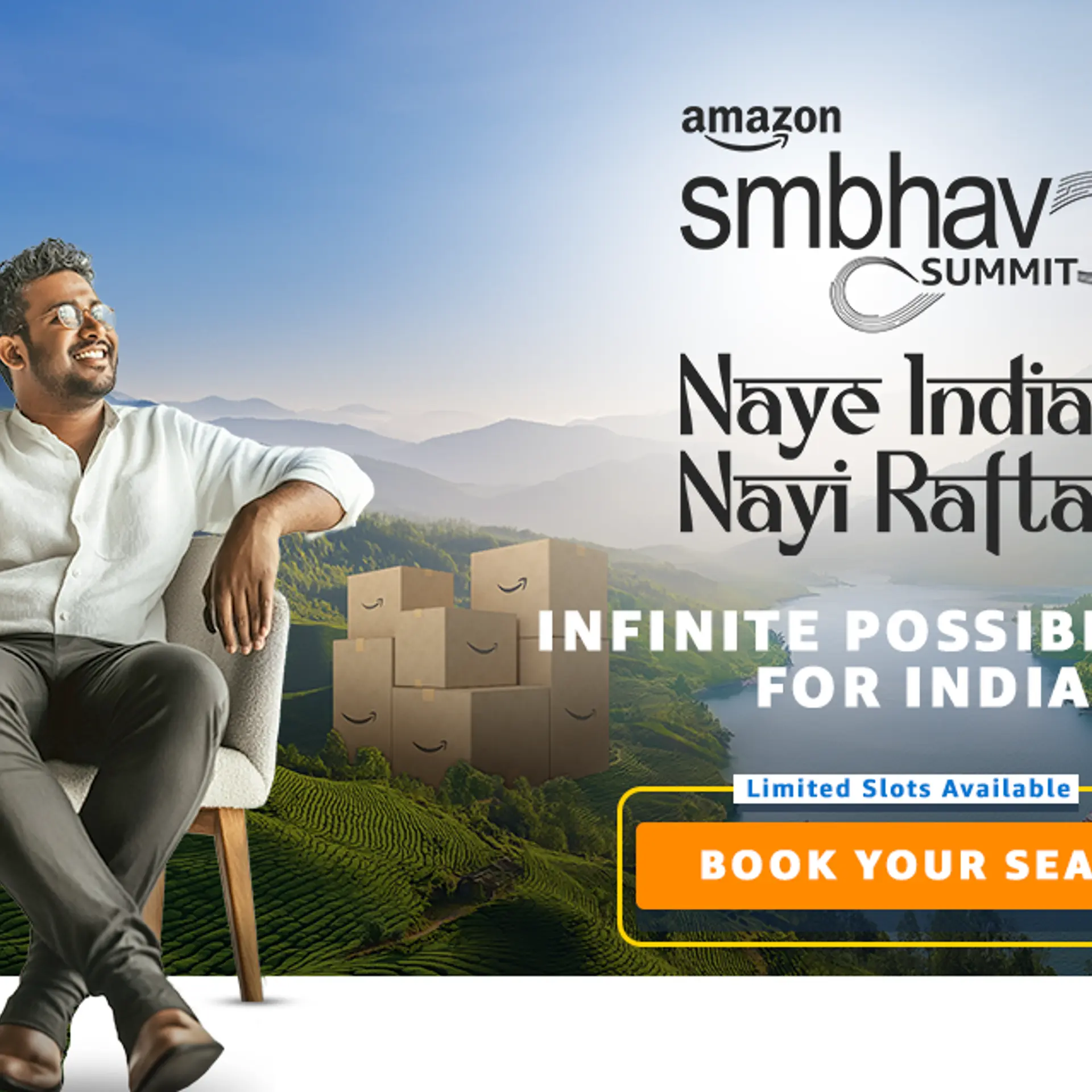[WATCH] The week that was – from the origin of ShareChat to why 2019 was a blockbuster year for VCs in India
This week, we explore the origins of ShareChat, 2019’s VC funding trends in India, the journey of ClearTrip’s Manoj Sharma, and the rise of telemedicine in Bharat.
IIT Kanpur buddies Bhanu Singh, Ankush Sachdeva, and Farid Ahsan’s startup ShareChat claims to be India’s largest social media platform riding on non-metro users. It allows users to share their opinions, record their lives, and make new friends – all in their preferred regional language.

Weekly Wrap
It all began in November 2014, when Ankush and Bhanu were in their final semester in college, working on their 13th project, a debating platform called Opinio. Ankush logged onto Facebook to figure out ways to redirect traffic to Opinio’s website and stumbled upon a Sachin Tendulkar Fan Club group on Facebook.
Its post – a WhatsApp logo, with photos of Sachin Tendulkar, and a caption that read “If you want to be a part of Sachin’s WhatsApp group, add your phone number in the comments.” The post had half a million likes and 50,000 comments.
“I wondered who these people were and why they were doing this. Out of curiosity, I took 1,000 phone numbers and created 10 WhatsApp groups of 100 members each,” Ankush recalled, adding that they were groups centred around Sachin Tendulkar.
In no time, his phone was abuzz with notifications. Every single group he had created had hundreds of notifications. People were sharing Sachin Tendulkar related content in every regional language. And, ShareChat was born.
Pivoting is a central part of one's career and finding products that beat legacy is a story worth a read. The absence of automation warrants huge investments in IT infrastructure and manpower to deliver the superior experience needed in the current digital space.
It was to solve for this that Anand Purusothaman and Karunya Sampath founded AppViewX in 2009.
Leveraging a vast library of pre-built tasks and workflows, the startup enables companies to translate business requirements into automation workflows that improve agility, enforce compliance, eliminate errors, and reduce cost.

Manoj Sharma, Chief Technology Officer (CTO), Cleartrip.com, believes his two-decade long tech experience has not only let him lead teams at tech majors, but has helped him go beyond technology to look at what goes into making a successful business. Starting at a time when computers were still not very popular, Manoj made headway in his career by embracing new challenges, taking on new roles, and taking ownership of what he built.
Manoj is currently the CTO of travel tech platform Cleartrip.com. Prior to this, he worked with Verizon in the US, where he was responsible for setting up its network connections and dial up services before 2G or 3G. Later, he worked with popular social networking platform Myspace. He then moved back to India around 2009 and was at the helm of technology at Zynga and Quikr.
A passionate techie, he says: “At one point of time in my journey, I thought that even if no one pays me, I would just do it as I was so interested and passionate about it. Over a period of time, when I had just started building solutions using technology, I created many other things for myself and I continue to do so. I am so much attracted to new technology.

Manoj Sharma
Rajat Verma, an aerospace engineer, used to work on the re-entry of vehicles from space into the earth’s atmosphere.
However, with degrees from top-notch institutes such as IIT Kanpur, Stanford University, and Harvard Business School under his belt, Rajat was soon bitten by the startup bug. He initially joined a company Kintana, which was developing enterprise software.
The company was then acquired by Mercury Interactive and later by Hewlett Packard (HP). It was while working with portfolio companies of a private equity fund in India as an entrepreneur, that Rajat came across electronic waste management which set the ball rolling for launching his company Lohum Cleantech.

Vikram Thaploo, CEO of TeleHealth at Apollo Hospitals Group
Telemedicine has always been considered a great way to reach people and yet there is a big opportunity even after all it's years of existence.
In November 2019, the Parliament revealed that India has one doctor for every 1,445 people. The World Health Organisation’s prescribed norm states one doctor needs to be available for every 1,000 people. What makes things worse is that most of these doctors are based out of the metros, making it all the more difficult for people residing in rural areas get access to quality healthcare services.
Vikram Thaploo, CEO of TeleHealth, Apollo Hospitals Group, says: “Almost 70 percent of doctors are concentrated in urban areas while the rural population remains grossly under-served. According to estimates, Community Healthcare Centres (CHCs) in India face up to 82 percent shortage of specialists.”
Advancements in technology have enabled doctors from urban India to treat patients in rural areas remotely through video-call consultations. With newer threats like the recent novel coronavirus, video-call consultations aren’t enough.
This is where telemedicine comes in, which includes services like self-monitoring devices, disease screening solutions, and healthcare management solutions. Now, the real question is whether telemedicine has really solved the problem it set out to address – provide quality healthcare services to rural India?

Over the last 10 years, the Indian VC industry has traversed three distinct phases.
Between 2011 and 2015, it witnessed unprecedented levels of activity, almost amounting to “euphoria” as one investor puts it, mainly because VCs operated on a small base of startups, and there were hordes of new entrants into the Indian market.
This was followed by 24 to 36 months of moderation and rationalisation from late-2015 to early-2018 as VCs became cautious due to uncertainties surrounding exits. They were more inclined towards fewer, higher-quality investments. The story is going to tell you why VCs are betting big in India in the coming decade.
(Edited by Saheli Sen Gupta)


![[WATCH] The week that was – from the origin of ShareChat to why 2019 was a blockbuster year for VCs in India](https://images.yourstory.com/cs/2/b3bfb136ab5e11e88691f70342131e20/800x400-1584180642134.png?mode=crop&crop=faces&ar=2%3A1&format=auto&w=1920&q=75)




